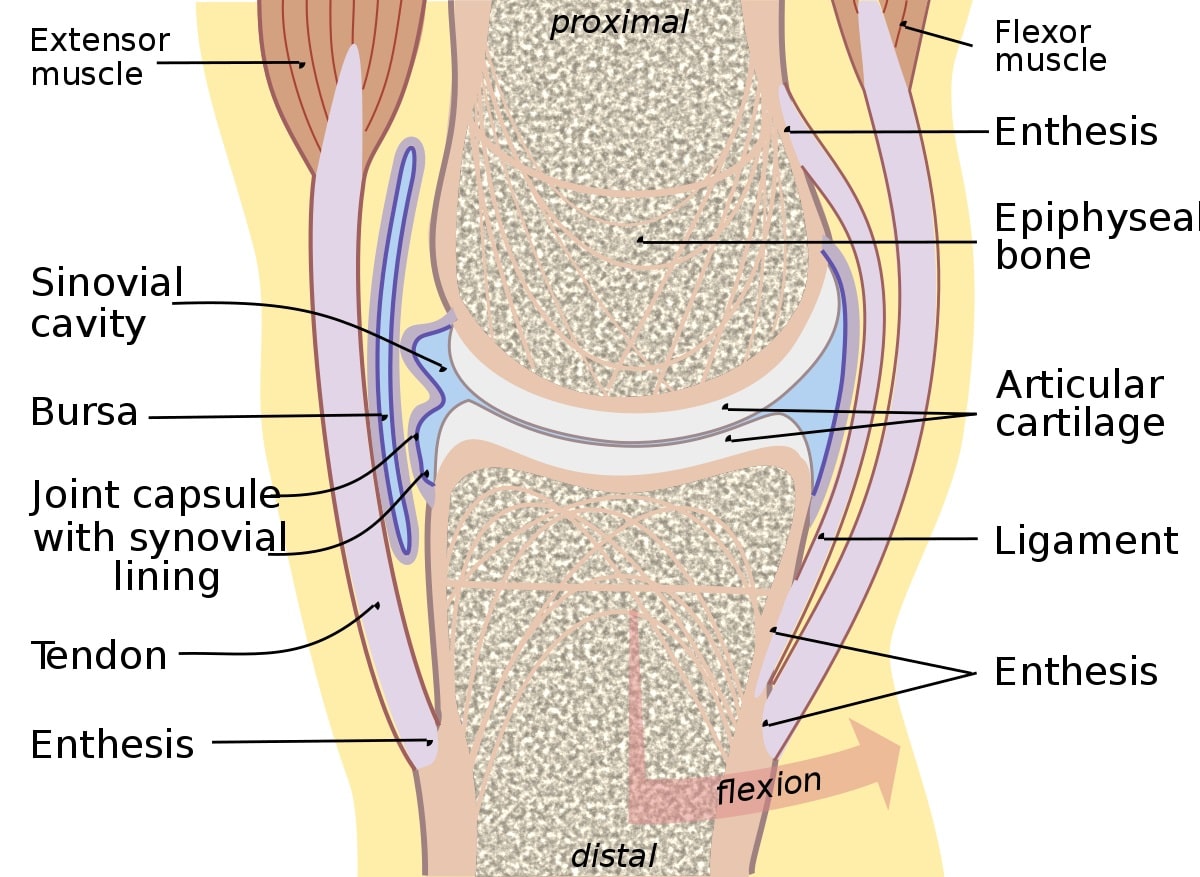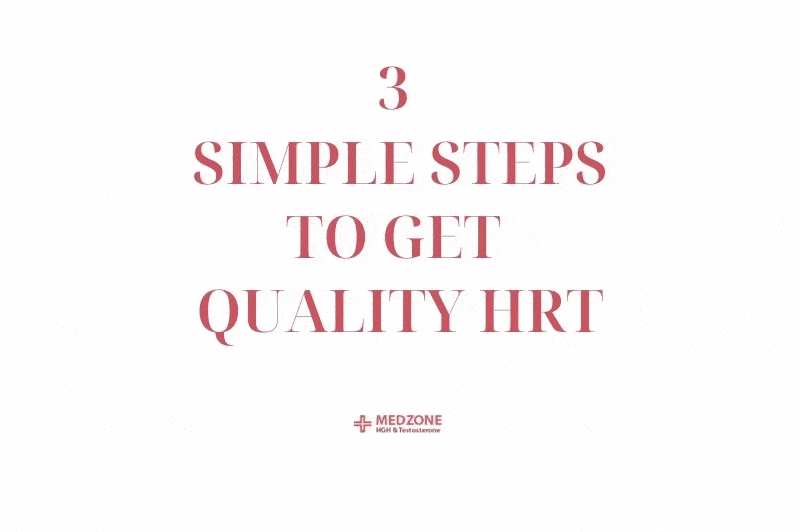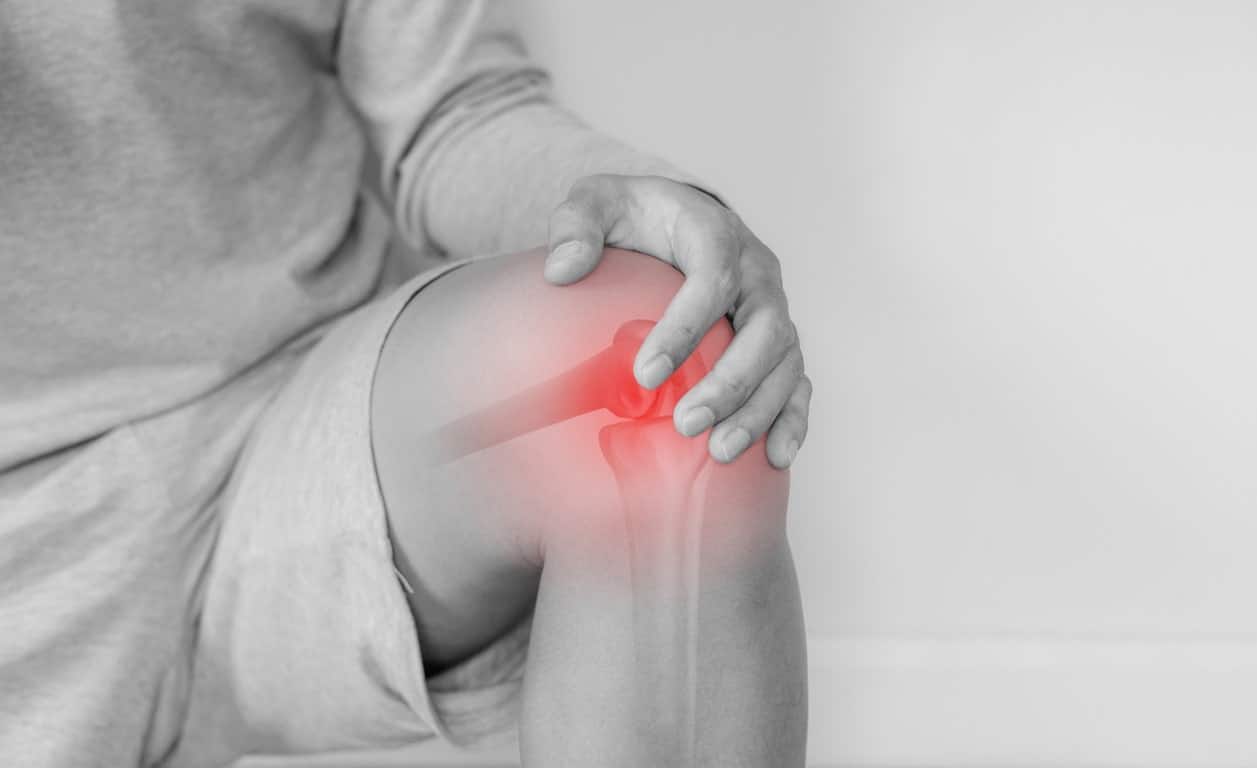
How Can HGH Help With Joint Pain?
Table of Contents
Millions of Americans struggle with joint pain. For some, even getting out of bed in the morning can be a challenge. In the long run, untreated joint damage can lead to debilitating pain and, ultimately, an increase in the risk of developing chronic health conditions such as arthritis.
Losses in mobility due to joint pain also contribute to unwanted weight gain, diabetes, and cardiovascular disease, which can in turn further worsen joint health.
If you or a loved one has been impacted by chronic joint pain, there is hope for a full recovery when you follow the right healing strategy. In this article, we will offer an in-depth exploration of joint pain, its causes, and treatments to restore joint function and reduce pain.
What Are Joints and How Are They Formed?
The term “joint” refers medically to any area of the body where two bones meet together. Joint flexion (i.e., moving the bones connected to a joint) is the method by which the human body generates movement. Depending on the definition used, the human body contains between 250-350 joints located throughout the skeleton that bind all the bones in the body together.
Accordingly, good joint function is critical for good health.
The Types of Joints
Not all joints in the body share a common structure or function. Accordingly, joints are generally divided into three categories:
- Ball and socket joints (shoulders, hips).
- Slightly movable.
- Freely movable.
The majority of joints in the body fit into the “freely movable” category. These are the types of joints that facilitate movement and, consequently, are the most vulnerable to damage over time. For that reason, we will focus primarily on freely moving joints.
The All-Important “Freely Moving” Joints
The human body has six varying types of freely moving joints. They are:
- Ball and socket joints (shoulders, hips).
- Saddle joints (thumbs).
- Hinge joints (elbows and knees).
- Condyloid joints (jaw and fingers).
- Pivot joints (top vertebrae).
- Gliding joints (wrists).
The joints allowing the maximum degree of movement (ball and socket joints) are generally more prone to injury than less flexible joints.
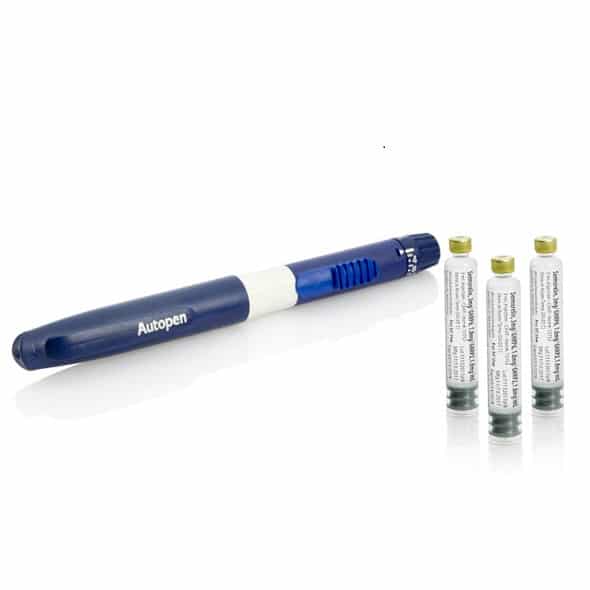
How Are Joints Structured?
Although the movements that they facilitate may be simple, the structure of joints is complex. Each part of a joint is responsible for a particular role in producing efficient, finely-tuned movement. The critical components of the joint include:
- Muscles.
- Bones.
- Cartilage.
- Ligaments.
- Synovium.
What Function Do Joints Perform in the Body?
The functions of joints in the body include:
- Encasing and protecting vital organs.
- Connecting the skeleton.
- Facilitating movement.
Lifestyle Factors, Injuries, and Medical Conditions That Can Harm Joint Health
Joint integrity and function can decline with age, often leading to a number of complications. One of the most common joint-related health issues that frontline healthcare providers treat is chronic joint pain:
Joint pain is a common problem seen by family physicians. Although many pain complaints arise from self-limited conditions, a substantial number require immediate and ongoing care. Prompt appropriate treatment can help limit symptoms, prevent disability, and improve outcomes.
In some instances, joint pain will disappear on its own in a short time period. Often, though, the pain persists for months or years. Joint issues that do not resolve on their own result in what is called “chronic” joint pain. Chronic pain is a leading cause of disability in the United States, according to the CDC and other public health groups.
Common Causes of Chronic Joint Pain
The common causes of chronic joint pain are:
- Tendonitis (caused by inflammation in the tendons of joints.
- Bursitis (caused by inflammation in the bursae, sacs that pad bones).
- Arthritis (caused by inflammation of the joints themselves). The various types of arthritis include osteoarthritis, rheumatoid arthritis, and gout.
- Infection.
- This includes damage to a ligament, tendon, muscle or bone.
- Bone cancer.
- Avascular necrosis (caused by bone tissue that dies due to lack of blood flow).
Loss of joint function and/or structural integrity is more common in older individuals. For example, seniors are much more likely to develop arthritis or other inflammatory conditions that drive joint pain, as well as being at greater risk of injury-induced pain resulting from falls or other accidents.
Technology-Based Practices to Repair Damaged Joints and Reduce Pain
Historically, healthcare providers have relied on medications such as opiates and other narcotics to treat pain. As the US has seen with the recent opiate epidemic, though – which claims the lives of tens of thousands of Americans every year – treating joint pain with addictive medications is a poor long-term solution.
Modern research has shed much-needed light on how to best treat joint pain safely and effectively without reliance on prescription painkillers.
The most exciting emerging technology-based, research-backed clinical methods to reduce joint pain include:
- Physical therapy (PT) with a licensed therapist.
- Transcutaneous electrical nerve stimulation (TENS).
- Pulsed electromagnetic field therapy (PEFT).
- Radiofrequency ablation.
- Spinal cord stimulation (SCS).
- Hormone replacement therapy (HRT).
The Role of HGH in Repairing and Protecting Joints
Human growth hormone (HGH) is an important part of the human endocrine system. One of its primary purposes – in addition to maintaining healthy bone and muscle tissue – is to support joint health.
As an anabolic (tissue-building) hormone, HGH promotes good joint health in the following ways:
- Increases joint-protecting collagen levels. Collagen, made of amino acids, is one of the primary functional parts of cartilage. As such, collagen is responsible for protecting the end of the bone where it meets the joint. Individuals with low collagen levels are significantly more likely to develop chronic joint pain than those with healthy levels of collagen.
- Aids in weight loss. HGH signals greater fat-burning in the body as well as regulating body composition (fat distribution). People with healthy HGH levels have lower body fat percentages on average than those with HGH deficiencies. The research, in turn, shows that growing obesity rates in the population are tied to chronic joint pain.
As just one example of the damage that obesity can cause to joints, obese individuals are twenty times more likely to require a knee replacement at some point in their lives than people at a healthy weight.
- Increases energy and stamina. The evidence is clear that staying active (even for as little as 30 minutes a day) can significantly reduce many types of chronic pain, including joint pain. HGH facilitates greater activity levels by boosting energy and stamina.
HGH Deficiency May Cause or Worsen Joint Pain
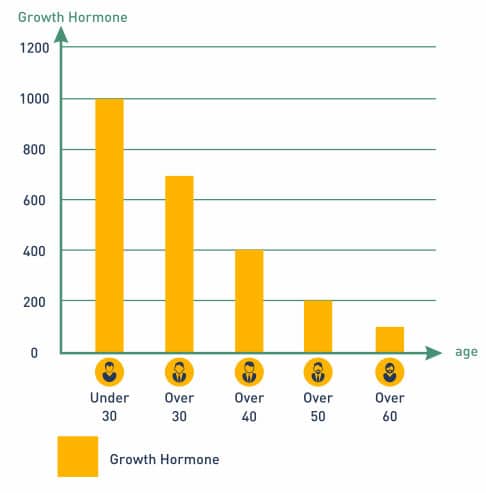
Among the many benefits, individuals who receive hormone replacement therapy (HRT) with HGH report significant reductions in the occurrence and severity of joint pain.
The Role of Testosterone in Repairing and Protecting Joints
In addition to HGH, testosterone is another anabolic hormone that is critical for good joint health. As the primary male sex hormone, testosterone plays an essential role in promoting reproductive function in both men and women. However, testosterone’s benefits extend well beyond the bedroom.
Healthy testosterone levels protect joints. The inverse is also true: low testosterone can worsen joint pain and contribute to the development of arthritis and other conditions. If you are a man over 40, your chances of having an undiagnosed testosterone deficiency are high. An endocrinologist (hormone doctor) can help determine your levels.
A Step-by-Step Guide to Restoring Joint Health in Case of Hormone Deficiency
If your life has been negatively impacted by joint pain, possibly due to a hormone imbalance, consider the following steps to restore your joint health and eliminate pain:
- Visit your healthcare provider for a complete physical exam and consultation.
- Submit a small blood sample to an accredited testing facility for analysis.
- Under the guidance of an experienced endocrinologist, begin hormone replacement therapy (if necessary).
Always remember that recovery from joint pain caused by low HGH or testosterone levels is possible. Millions of people around the globe with hormone deficiencies have achieved full turnarounds in their health after receiving HRT.

